Signal Space Lab’s Human Within is undoubtedly one of 2025’s more unique VR releases thanks to a well-crafted blend of engaging storytelling devices. Blurring the lines between virtual reality games and interactive fiction, Human Within shifts from choose-your-own-adventure live-action cinematics to more hands-on virtual reality puzzle sequences.
Human Within‘s story touches on philosophical and ethical questions regarding humanity’s relationship with technology. In Human Within, a new invention harnesses the power of the human brain, allowing users to upload their consciousness into the digital realm. Like all technological advancements, there are risks and rewards, and Human Within explores these viscerally. Players take on the role of protagonist Linh’s uploaded consciousness, and this digitized existence lays the groundwork for some thought-provoking perspectives in VR.
Game Rant sat down with Human Within creative director Avi Winkler and director Anne Weigel to discuss the title’s inception, the importance of meaningful choices for players, and the clever techniques that make it possible. This interview has been edited for brevity and clarity.
9:27
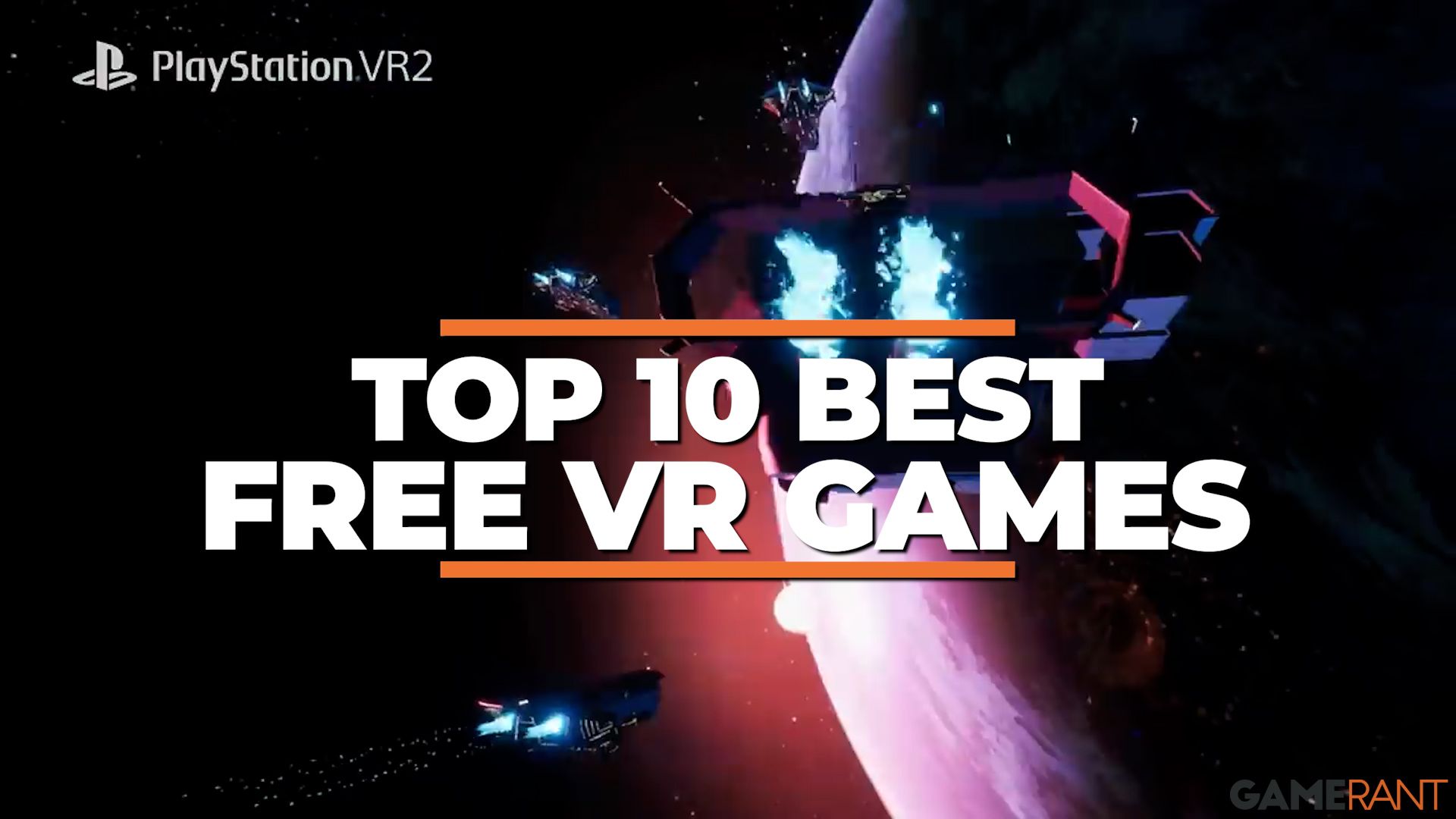
Related
The Best Free Virtual Reality Games
There are a lot of great VR games out there that players can enjoy for free. Here’s a look at some of the absolute best.
The Research and Technology Behind Human Within
Q: Can you talk about Human Within’s early days? How did the idea take shape initially and what inspired you?
Winkler: Our goal was to tell a unique story about technology using technology. We also wanted to create an experience that incorporated the user as an active participant in the story. VR is a technology that immerses players in ways that otherwise aren’t possible in traditional gaming.
We took a great deal of inspiration from movies like Lawnmower Man and Transcendence with their emphasis on technology and the focus on technology, and we wanted to explore the concept of ethical concerns behind technological advancements, especially at a time when new technology is being developed at an exponential rate from year to year. It seemed very relevant in today’s day and age as a topic to cover.
Weigel: From the filmmaking perspective, it was important to adequately understand what the fictional technology in Human Within is capable of, and what it might look like. We dove deep into current research on brain-computer interfaces, which helped us shape the story’s world from the filmmaking perspective.
We wanted the technology to feel plausible, but it’s a movie, right? We still leave room for imagination. The idea that the character Linh and her consciousness exist in digital limbo became a perfect way to explore the consequences of pushing innovation too far.
Q: Did your findings in that research influence Human Within’s narrative outlook? Did it make you more optimistic or pessimistic?
Weigel: I’m not sure if it did, because I’m also working in research in a similar area, so I’m an optimist. Sometimes it’s surprising to see what is already possible. I think what helped to go into the research–especially with my crew and the different departments–is that we’ve gotten a much better understanding of how this could look, how we could explain it to the actors, and how they can interact with it.
You don’t have any of this in the dialog and the live-action, but it’s important for everyone involved to understand how we envision the technology so that we all align on the vision and our department works the way the directors envision it.
Q: Human Within blends a few different formats like 360-degree live action, Point Cloud digital spaces, and puzzle sequences. Can you talk about what it was like building a VR game around such distinct perspectives? What challenges were involved?
Winkler: I come from a video game background, so I was able to craft the design around choice mechanics and gameplay mechanics. I also come from a narrative background, so crafting the story came naturally to me, but I’ve never been involved in live-action filming before, so partnering up with Anne was fantastic. She brought in her live-action experience and opened my eyes to how that development goes.
Crafting a story with a long-form narrative that keeps the user engaged was important. Many VR experiences are very short; live-action experiences in VR are typically anywhere from five to 20 minutes max. They aren’t long-form narratives.
We wanted to tap into that market and bring that quality production to users by switching from full live-action 360-degree scenes to internet space scenes incorporating live-action.
There’s live-action throughout the 360 scenes, while the internet space scene has panels with live-action footage from multiple camera angles allowing you to see the world from the digital space. Then the point cloud sequences are different types of visual presentations that help to keep the experience fresh.
We were also careful not to have these scene types be too short. Switching back and forth from one to the other too quickly could be very disorienting for users, so we needed to make the scenes long enough so that you could get settled into the experience before transitioning to another scene type.
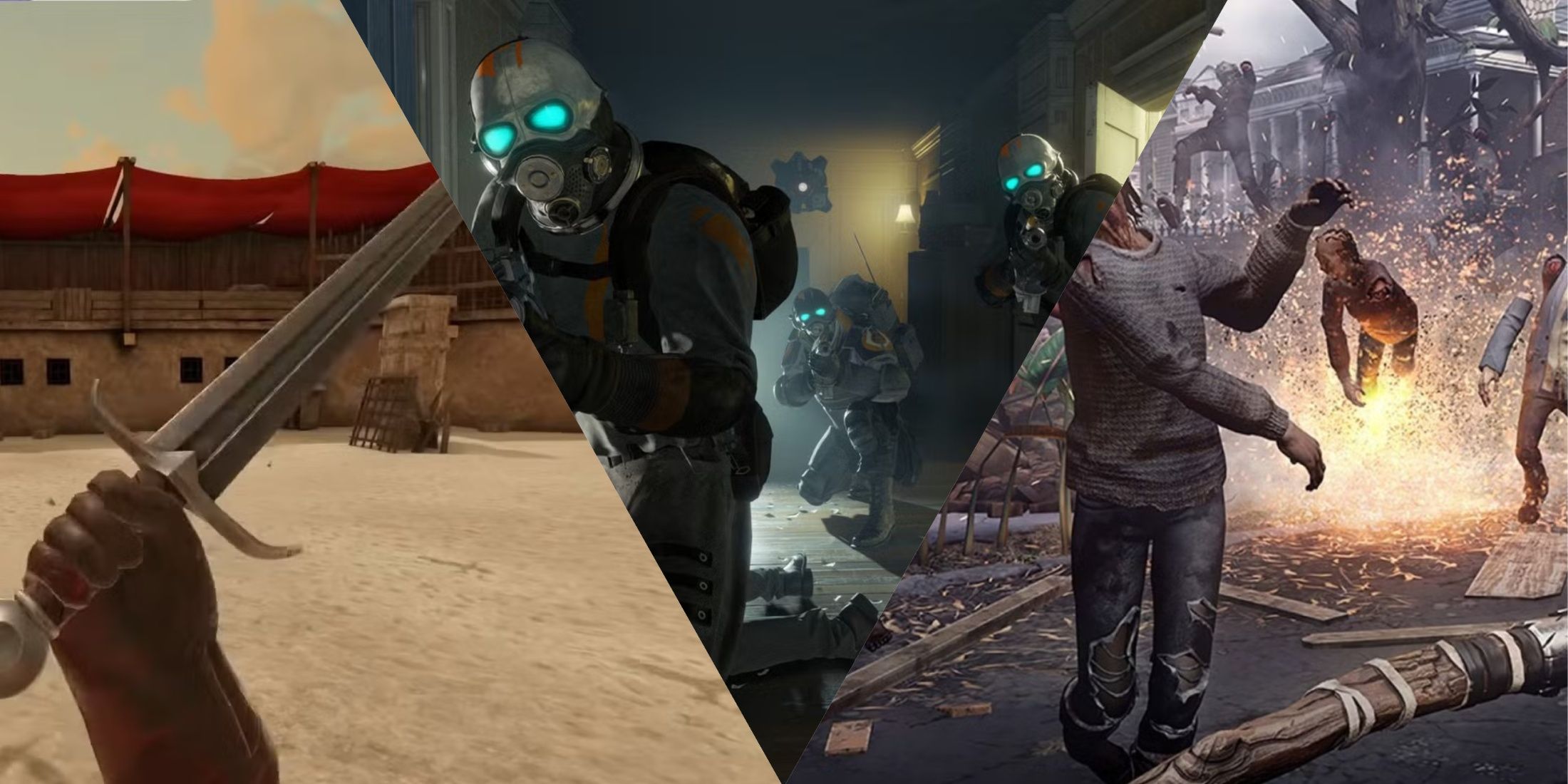
Related
That brought on another challenge in that these scenes were long. Our internet spaces have displays with multiple screens and camera angles in front of you. These scenes often had to be filmed in a single take, and some of them are five to six minutes long with no cuts so it’s very challenging.
Thankfully, we had a group of actors who were incredible. They became so immersed in the story and knowing and performing the content in a way that is more akin to stage plays rather than film.
Q: Did filming those scenes in 360 degrees present unique challenges?
Weigel: It was a great challenge for the actors, the crew, and everyone involved. The script was massive because you have all the different decisions players can make. I think one of the key challenges was to ensure we have the right approach for the acting so that no matter what decision players make, the acting is on point. You don’t have one story, you have a complex web of stories. That was a big challenge for me as a director and for the actors because we really had to rethink how we approached it.
Shooting in 360 comes with its own challenges because you really have to envision the scene in every direction. The camera captures every little detail, and there’s literally no place to hide, making it very different from traditional filmmaking.
I really enjoyed this challenge because it forced me to completely rethink how to approach storytelling, from how the scenes are staged to every little detail supporting the player’s choices.
I’ll admit I was a bit scared of the challenge. I’m thankful for Avi’s expertise and the production company I worked with. I’ve never asked so many questions before. I enjoyed it because shooting in 360 opens up so many possibilities that aren’t available in traditional filmmaking.
Winkler: I think about it like a stage play. In many ways, VR is like watching a play, but rather than being an audience member sitting in a seat in the theater hall, you’re on the stage in the middle of the act and there is no hall. There’s another wall, or maybe some more actors behind you. You’re in the room with the actors in the scene, rather than observing it from a seat.
Other than there being no cuts, there’s a similarity between watching a play from an audience seat and viewing something on a movie screen, because everything’s over there, right? Whereas with VR, everything’s around you. It’s a whole other world of storytelling.
Q: Typically in filmmaking, you’re working with a linear story. How did you tackle Human Within’s branching narrative?
Winkler: I come from a background working on non-linear, branching narratives. I worked on Deus Ex Mankind Divided with dialog choice wheels and gameplay that can affect the story and the endings. For the branching aspect in Human Within, there’s a great deal of carryover from traditional games such as telegraph interfaces that let the user know a choice needs to be made.
In games with virtual characters made of polygons and animation, you can seamlessly have the character continue from their animation into choice A or B. With live-action, you can’t seamlessly continue without having a shift or a pop in the actor’s position as you cut from one action to the next.
In traditional games or even some live-action 2D content where choices are made, you can solve that by cutting to another camera, but in VR, typically changes in camera angle are not something that’s often done.
We developed a system that allowed us to cut to another camera position in the room without disorienting the user. This helped us with the branching quite a bit.
Q: What was your approach to Human Within’s more interactive moments like the point cloud and puzzle scenarios? Can you talk about what players can do during these sequences and what went into making them feel meaningful?
Winkler: You are an active participant in the story. You embody the digital consciousness of one of the characters in the story, and the entire story is told from her perspective–or rather the perspective of her digital consciousness within the digital space.
In the 360 scenes, you make choices about what happened in the past, and in the internet space scenes, there are forms of interaction where the scene won’t progress until you solve a puzzle or interact with certain panels to get things going.
The point cloud sequences are where the most interaction is in the experience. They were designed for players to engage in the story and the environment in a way that the 360 memory scenes and the internet space scenes couldn’t.
However, knowing that a large portion of our audience was going to be more casual gamers than hardcore gamers, we were very careful to have just enough interactivity to enhance the immersion aspect of the experience, but not in a way that would be too overwhelming.
Q: What sorts of technical innovations were involved in developing Human Within? Did you employ certain techniques or technologies that were especially unique?
Winkler: Since it’s live-action content and long-form, that was a big challenge. So Human Within uses a proprietary software called Vrex. It was initially developed by Signal Space Lab, and during the creation of the Afterlife project, but it’s been improved upon during the development of Human Within.
Vrex uses a user-friendly interface similar to timeline-bound editors like Final Cut or Premiere, but the technology allows for seamless branching interactivity that immediately reacts to the user’s choices across various stimuli like eye direction, screen interaction, or even sound.
It also enables the development of experiences that include live-action footage like Human Within. Without Vrex, fitting a long-form narrative onto a device with limited data capacity would be impossible.
Vrex allows us to solve this problem in a way that offers greater content quality while also saving space. It considerably reduces the video size needed to render the content while maximizing the resolution of the media to provide a perceived higher resolution.
Q: Do you think Vrex will play a role in future projects?
Winkler: Absolutely. I think it very much could. There’s definitely room for more projects that are long-form narrative, and this, technology that we’ve developed would certainly allow for long-form content and high data content to be standalone on a device, rather than being tethered to your computer. This is very important since being tied to an umbilical cord to your computer is not always the best experience.
Q: Where do you distinguish between interactive fiction and games? Do you feel that projects like Human Within are starting to blur that line?
Winkler: Yes, absolutely. Interactive fiction immerses users in a story in a way that traditional gaming can only do to a certain extent. Human Within puts you directly in the story with VR, where you aren’t simply a passive observer of the story like in traditional audiences as a fly on the wall. You’re in the story with the characters, and VR is the only way to do that.
Weigel: I also think that Human Within is blurring that line. However, when we were working on the project, whether the project fit into some specific category–like interactive fiction or video games–was never relevant. For us, it was always about telling this story with the opportunities that fit the story and the project. If it comes from the gaming world, great. We just focused on the story and what we could get out of it.
How Human Within Makes Player Choices Meaningful
Q: It’s important for players to feel that their choices matter. How does Human Within achieve that goal in its approach to interactive storytelling?
Winkler: I agree, choice definitely matters. I’m not a fan of choice gameplay mechanics with little to no impact on the story’s outcome. Choices for the sake of choice but with no real meaning–is it really a choice? Not really, at least not in a significant way.
While Human Within is a long-form interactive experience in the VR sense, it’s not a 15-to-20-hour experience. It’s about an hour to an hour and a half per playthrough. The time can vary depending on how long it takes you to solve puzzles, which scenes you watch, and what ending you get.
Because of the duration of Human Within, we have to be very selective regarding the choice opportunities in the story and the fact that it’s live-action. That all impacts the shooting schedule and production process. Filming a branching narrative in live action is a huge endeavor, so we are very selective about the opportunities. As a result, your choices significantly influence which ending you ultimately get.
Weigel: Players’ decisions don’t only affect the outcome of the story, they also define the past. I found that quite interesting. Depending on the choice you make, the flashbacks you get differ significantly. You alter the backstory you experience, and I think from a story perspective, this really impacts the information you have as a player when you make your decisions.
I think it also influences how you perceive the characters around you. Even the choices out of the backstory influence the choices you make for the future of the characters and the technology, so that was a super interesting part of the story,
Q: Human Within features 5 endings. What was your approach to writing for multiple end states? Do you anticipate one might be regarded as the “true ending”?
Winkler: Every player wants to feel like their ending is the end [laughs]. It was important for each of our five endings to feel different. Originally, we had planned for eight endings, but when it came to writing them, we quickly realized that the differences between them were starting to bleed into each other and were losing their impact.
Shooting eight endings in live-action with limited production schedules and budgets would be even more challenging. We had to make some cuts somewhere, but reducing the endings was a reduction for the better. Each ending is distinct, and no ending is perceived as the true ending. The ending you experience is 100% based on the choices you make in the story.
For you, the ending is the end, but playing the story again and making different choices allows you to not only see the different endings play out but also allows you to gain some additional insight into certain character motivations. Is this character really as bad as he’s being made out to be or is something else going on?
You may or may not find that out depending on your choices.
Q: How will players weigh each of their decisions in Human Within? For example, are choices somewhat divided between good and evil?
Winkler: Not good versus evil, it’s not quite like that. Everyone in the world is unique and makes choices in their life based on a variety of circumstances. The choices in Human Within are based on selfish versus compassionate options.
While these choices impact the events that follow their underlying themes, they also reflect the choices that are made behind the advancements of technology. “Is technology always created for the betterment of humanity, or are there sometimes ulterior motives behind their development?”
That’s one of the themes.
Q: Human Within touches on some important ethical and technological questions. What do you hope players will be thinking about as they experience it? Do you have an overall message?
Weigel: From a filmmaker’s perspective, what excited me the most about Human Within was the chance to explore these questions. Avi mentioned that when you’re playing, you’re not just watching someone else deal with these dilemmas; you are making the choices as Linh and experiencing the consequences firsthand.
I think Human Within doesn’t give you answers, though. Instead, it creates a space for players to explore someone else’s perspective and reflect on how their actions shape the story and affect the characters around them.
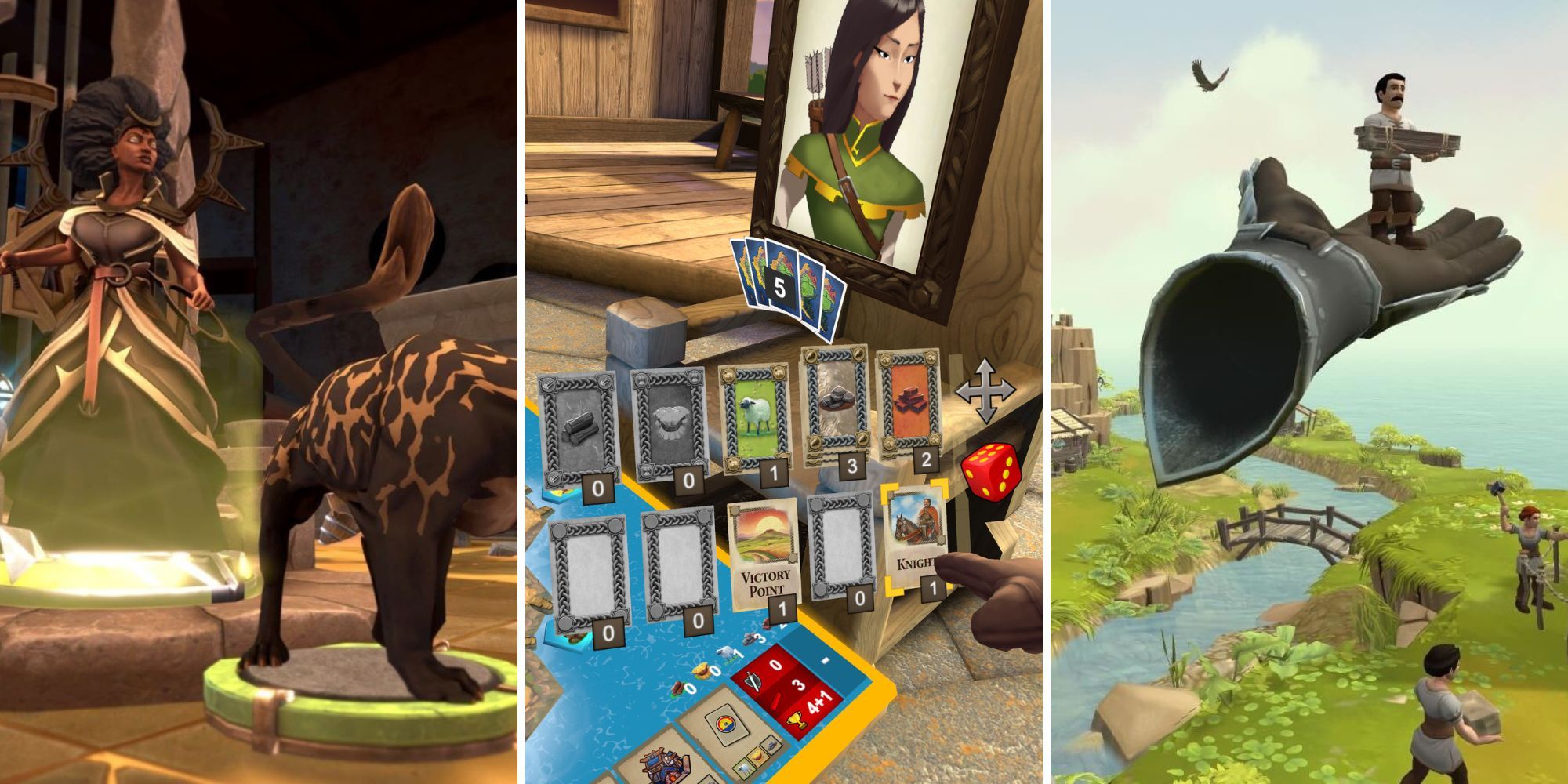
Related
8 Best Strategy Virtual Reality Games, Ranked
From card games to town building, here are some of the greatest strategy games that players can enjoy fully in virtual reality, ranked.
Winkler: Technology can be both amazing and scary. Many advancements have certainly helped speed things up–like allowing illnesses to be detected earlier than before. At the same time, we still have yet to discover the impact smartphones have on us.
Even autonomous self-driving cars sound exciting, but they carry some risks. They’re so new and very few cities have them, but we have yet to see what kind of impact it will have on society, city infrastructures, and the flow of human foot traffic.
There’s good and bad in everything, and the fictional technology in Human Within straddles that line between being unbelievably dangerous and profoundly helpful. Ultimately, it comes down to how the technology is used.
One of my favorite quotes regarding the advancements of technology is from the original Jurassic Park, when Ian Malcolm says, “Your scientists were so preoccupied with whether or not they could, they didn’t stop to think if they should.” The movie’s over 30 years old now, and that quote is still as relevant today as it was back then for the fictional technology in Jurassic Park.
Q: Do you have any last thoughts you’d like to share?
Winkler: Earlier we discussed making an experience about using technology, and it’s quite fitting that the development and filming of this project were at the tail end of the pandemic. All our communication between team members and the film production was done through video calls.
Despite the fact that we were physically separated in the making of this experience, it’s amazing how well it came together. The narrative, production quality, directing, and acting are fantastic and it was all done through the amazing use of technology.
Weigel: Since this project was so different from what I’ve done previously, we had to work quite closely together. I thought it was quite fun, too. I tried something new, and looking back on it, it was totally worth it. I hope they’ll excuse my 100,000 questions, but we discussed this for hours and hours and we never actually saw each other.
Winkler: Throughout my career, I’ve always worked on projects that introduce a new game development challenge. I started working on kids games and I went on to some platformers and then stealth mechanics with Thief. From there, I dealt with branching mechanics in Deus Ex: Mankind Divided, and then multiplayer co-op gameplay in Gears of War 5, and then onto VR.
Every project I worked on has always introduced something new. I learned a lot from Anne, and hopefully she learned a lot from me. It’s been a very interesting production, and it’s been a long time that we’ve been working on this–longer for me than Anne because I was involved with the conceptual design, script writing, and prototyping.
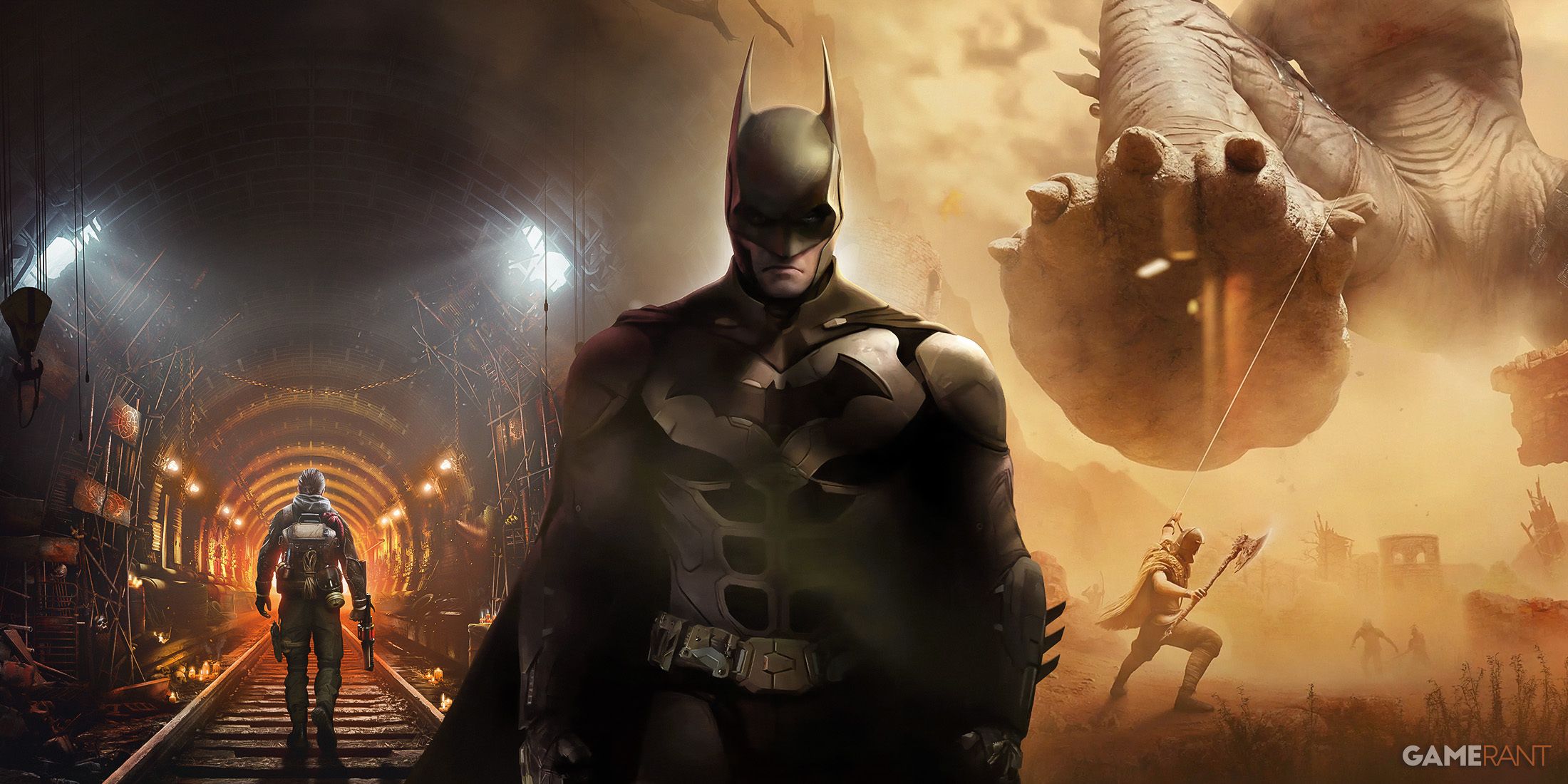
Related
It’s been bit of a quiet year for the virtual reality genre, but there have been a handful of VR games that are worth putting on the headset for.
The mixture of 360 live-action, the internet space, and point cloud sequences was a new concept, as well as the long-form narrative in VR. it was so new that we had to make a fully playable prototype using 3D animatic storyboards.
I’m excited for people to experience it and ask themselves the ethical questions behind technology. I’m also excited to see what kind of choices people end up making based on the options they have. I’m super excited after seeing the game grow since its conception; it’s very special to be at this stage where we’re able to talk about the game and have interviews and promote it.
Weigel: As a director coming into a new project, it was amazing because we had the right partners. The people at Signal Space Lab have so much experience. Then on the German production side, Actrio has much experience shooting VR. Even my art department head has shot big VR projects, and he’s the only one I know in Europe that I’d say could bring that experience.
We had to build all the lights into the VR set design because there’s no space to hide traditional lighting rigs and they’re important in pre-production. This project came alive thanks to our partners and I’m really thankful for them.
I’m also thankful for the actors and that we could convince them to try what we’re doing here. There used to be traditional scripts, and when we sent that big one, we really had to explain what we were doing. Avi did the prototype and that helped them understand what we were planning. It sounded totally abstract to some of them–like they couldn’t do anything with it.
Winkler: It’s a very unique project in the way that it’s presented and the way it’s filmed. It was a big challenge to find a director like Anne and a partnership with a film production studio like Actrio to get involved. At first, a lot of studios were like, “Oh, this is too ambitious. It can’t be done.” There are naysayers, but if you find the right partner that embraces the vision, you end up making something really special.
[END]
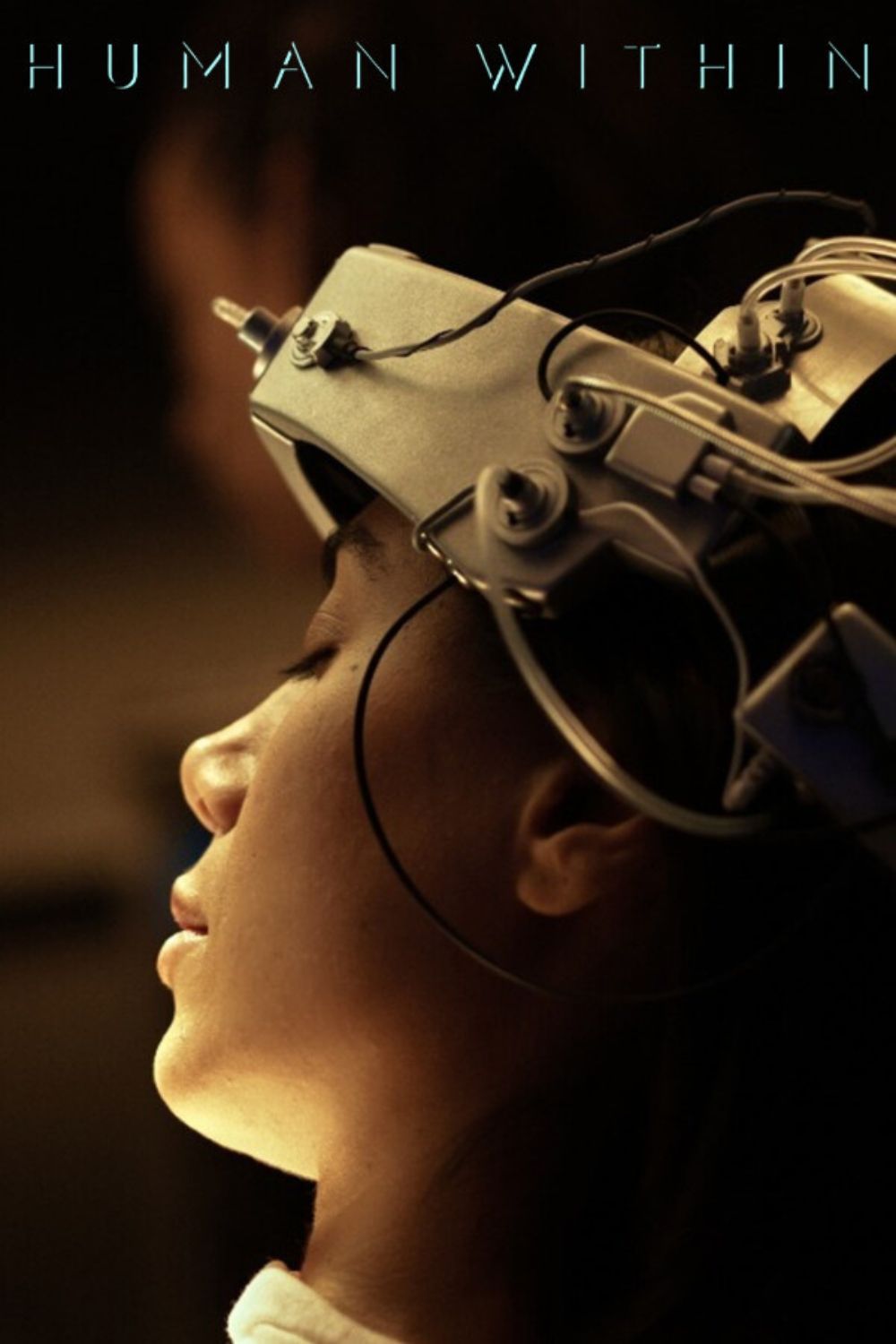
- Developer(s)
-
Signal Space Lab
, Actrio Studio - Publisher(s)
-
Signal Space Lab
![A Compelling Live-Action VR Experience [EXCLUSIVE]](https://esportvoice.com/wp-content/uploads/2025/01/A-Compelling-Live-Action-VR-Experience-EXCLUSIVE-1600x800.jpg)

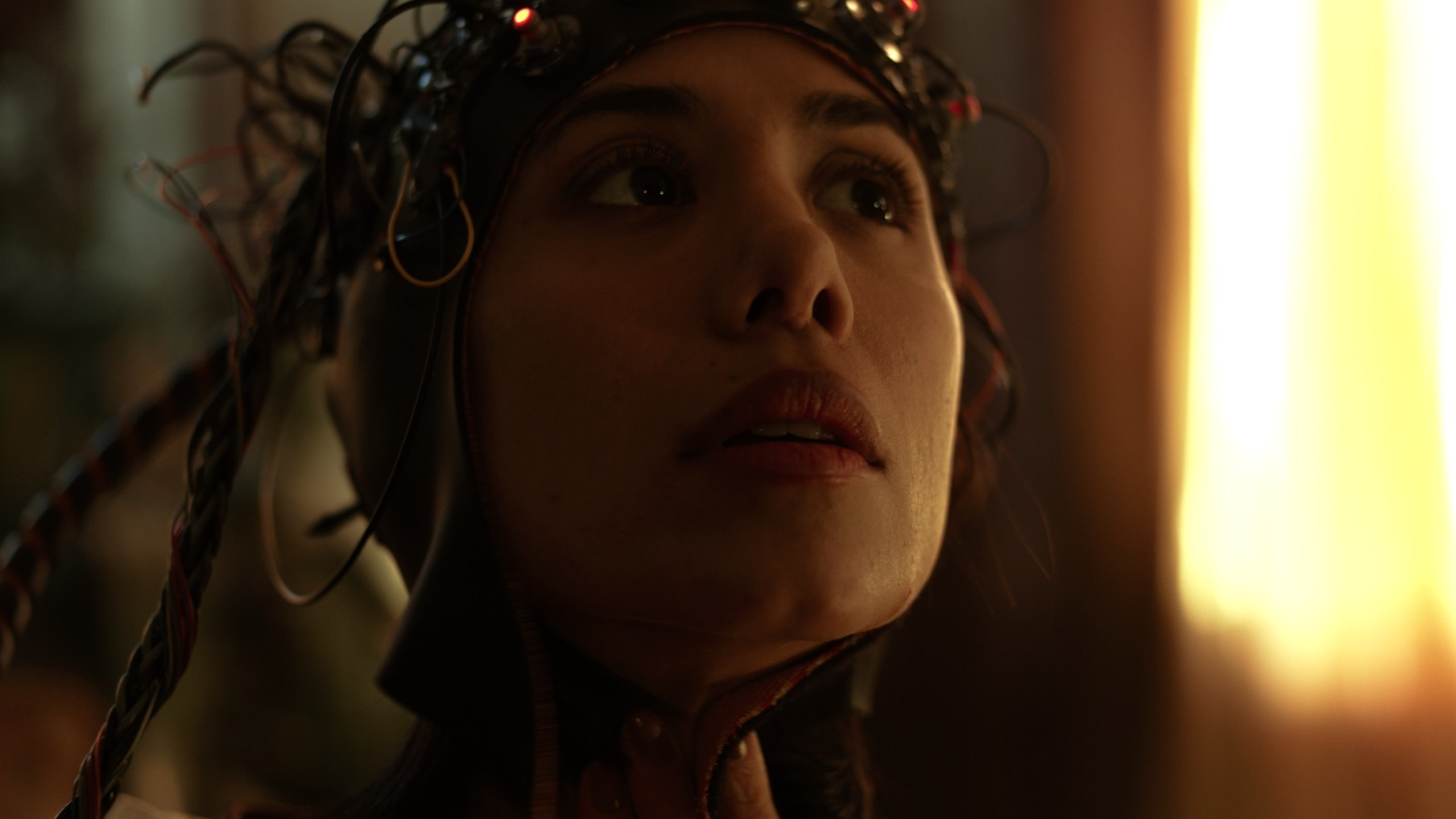
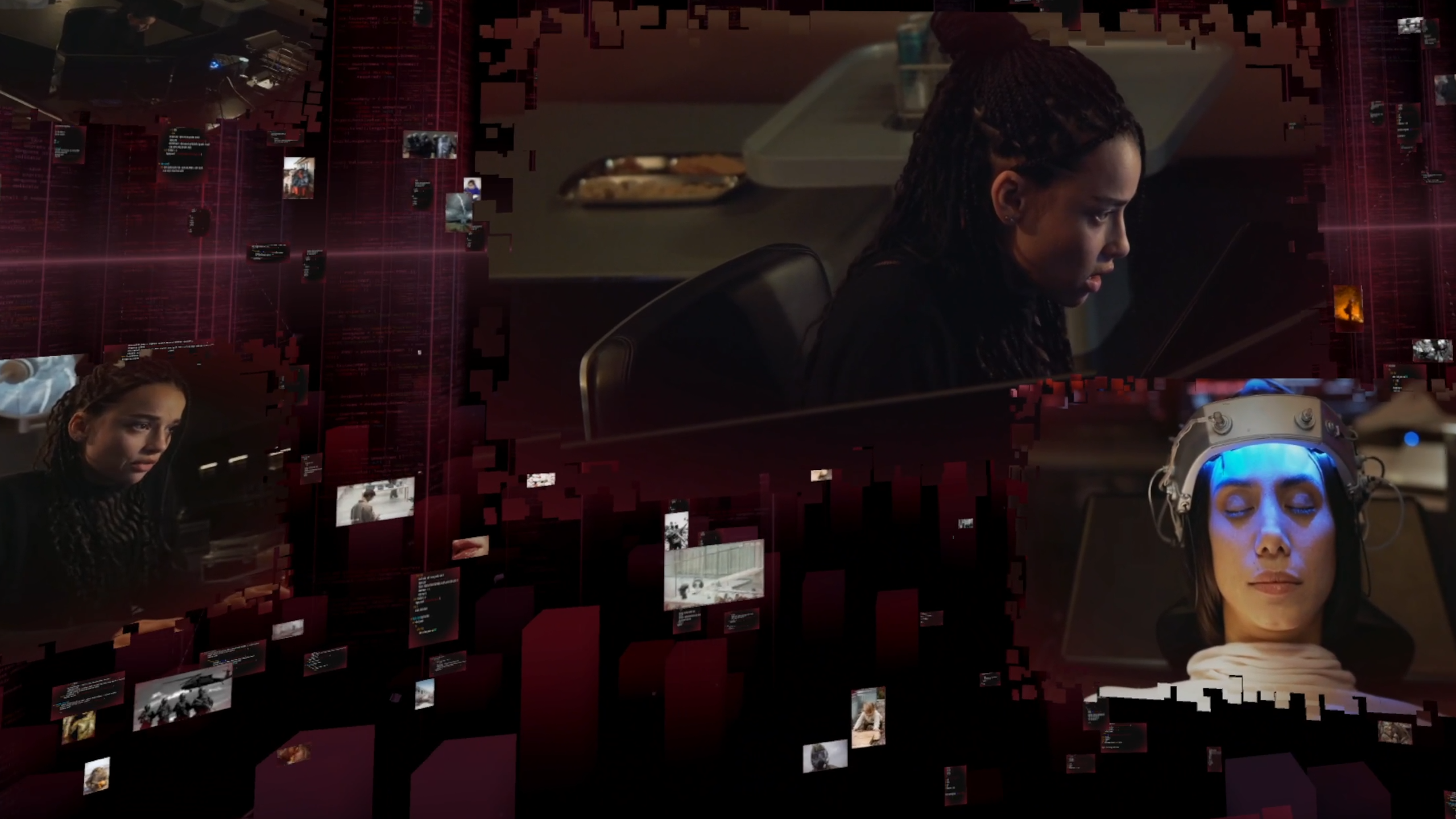
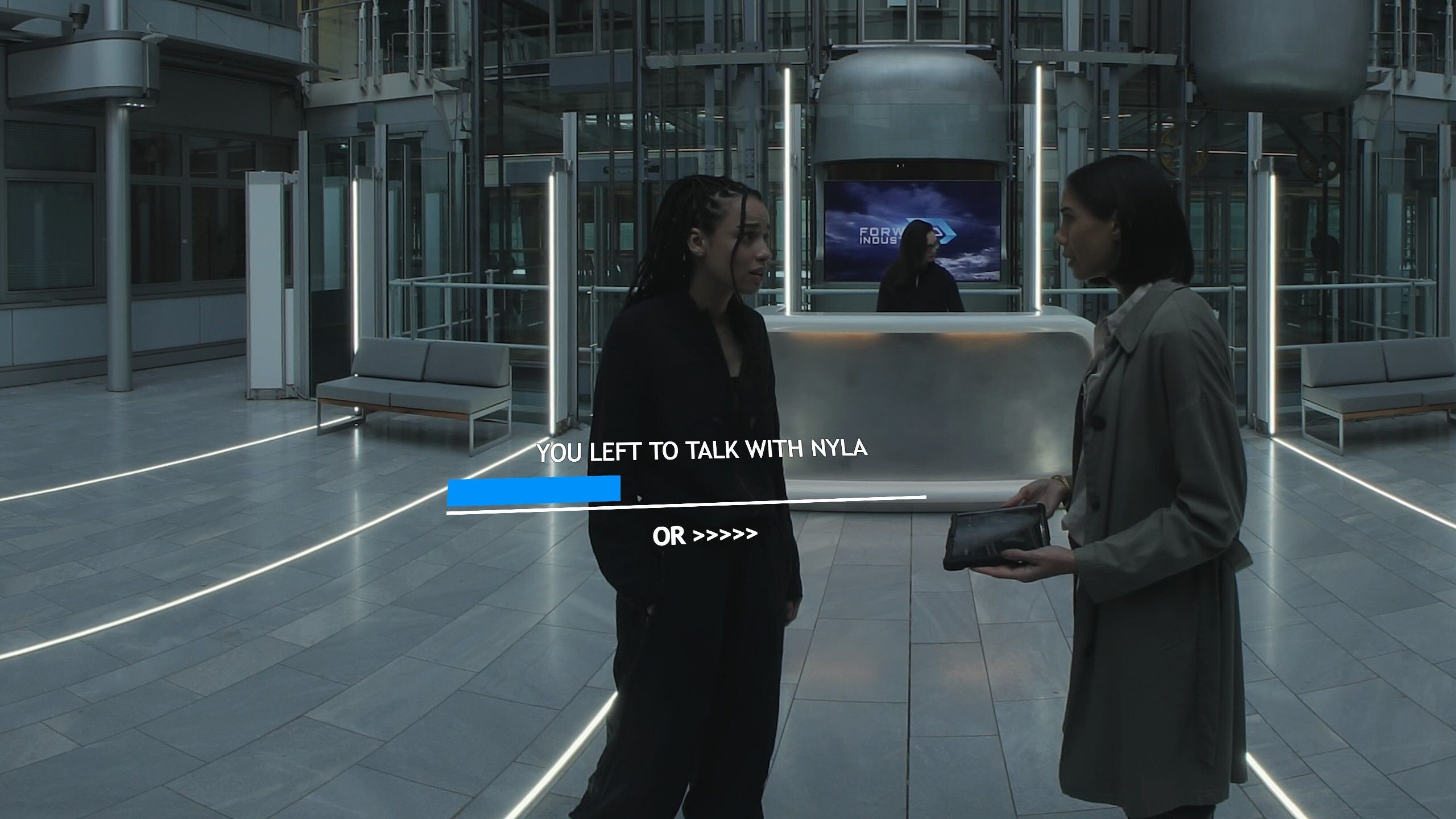
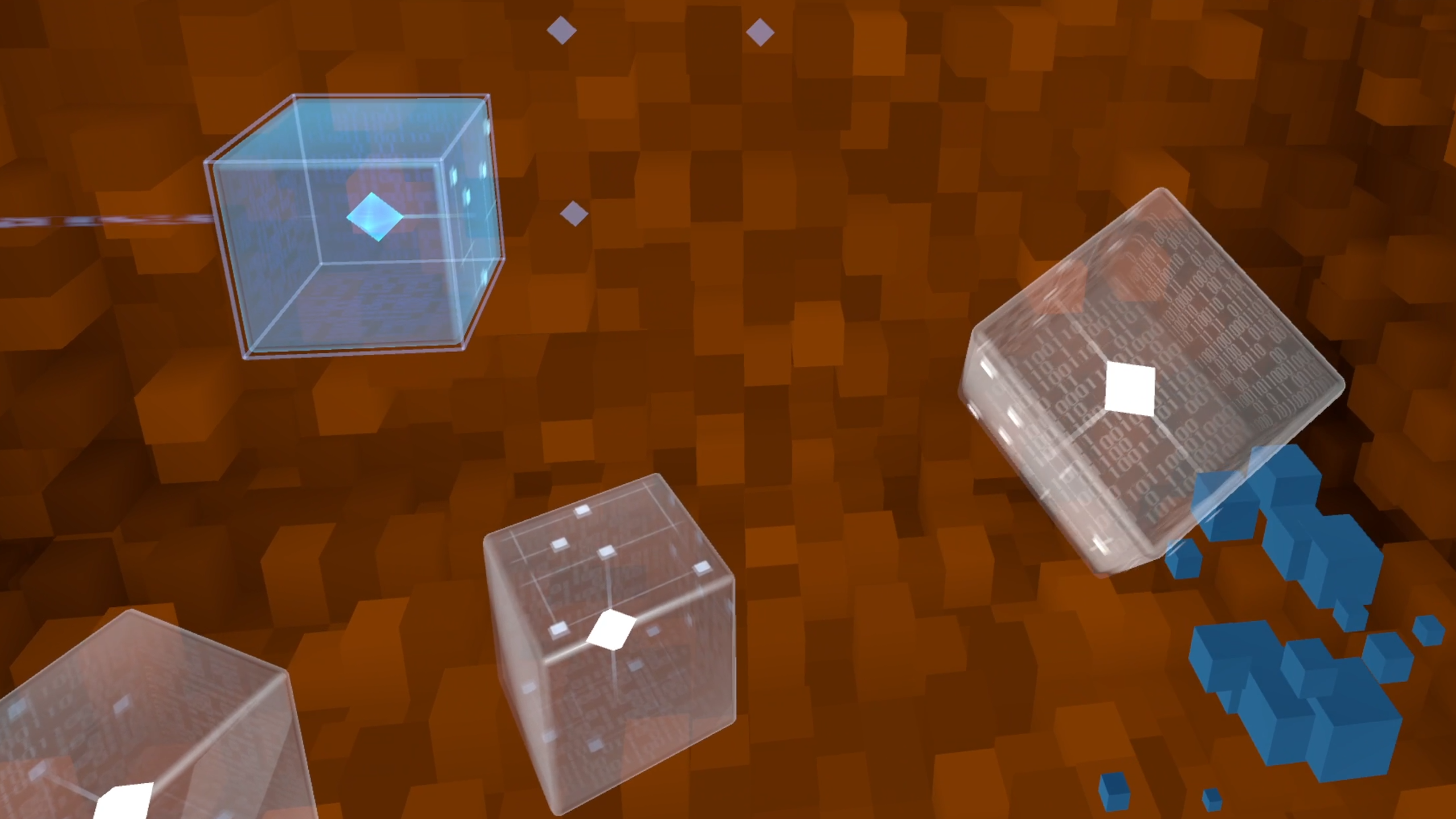
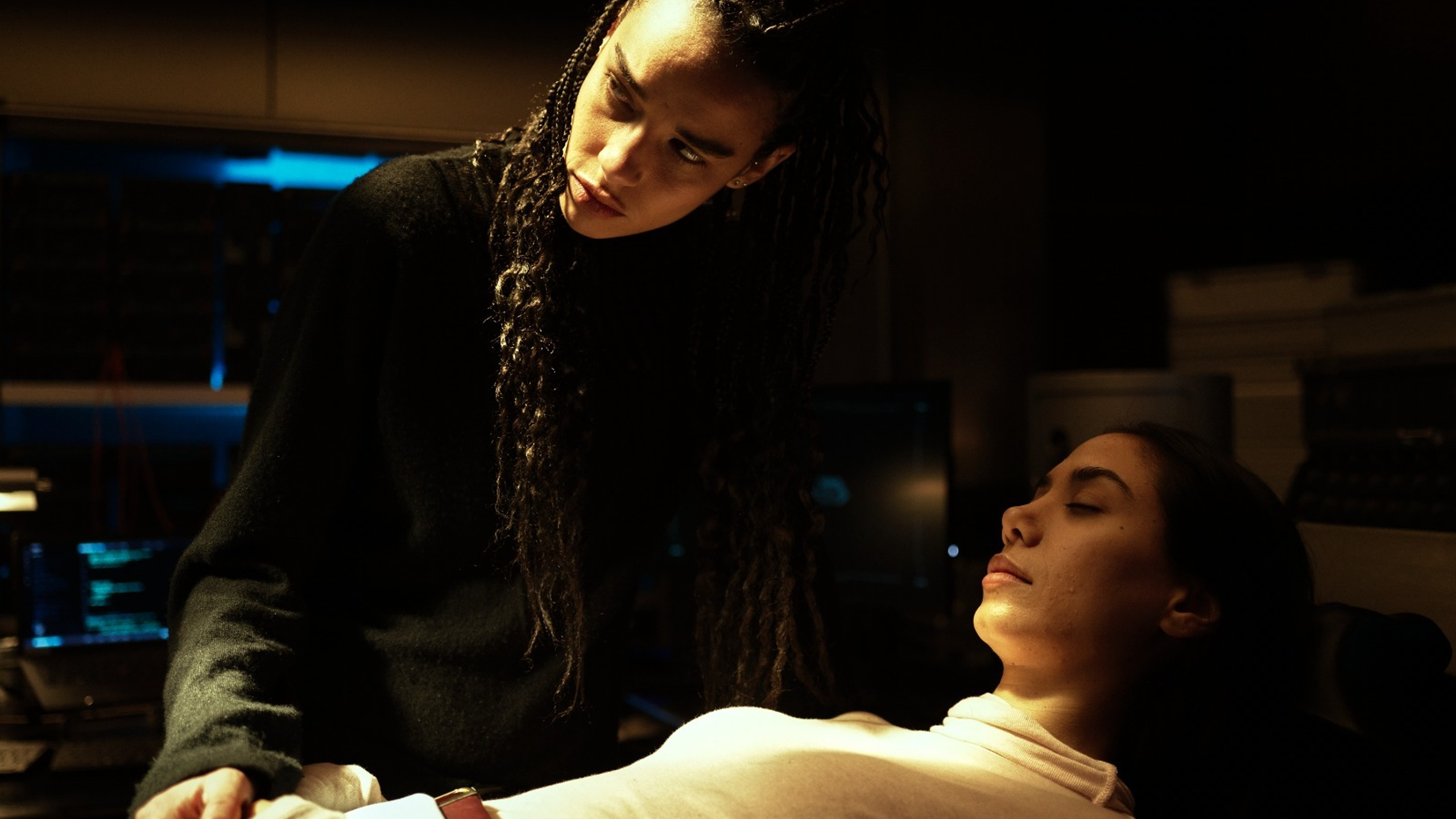
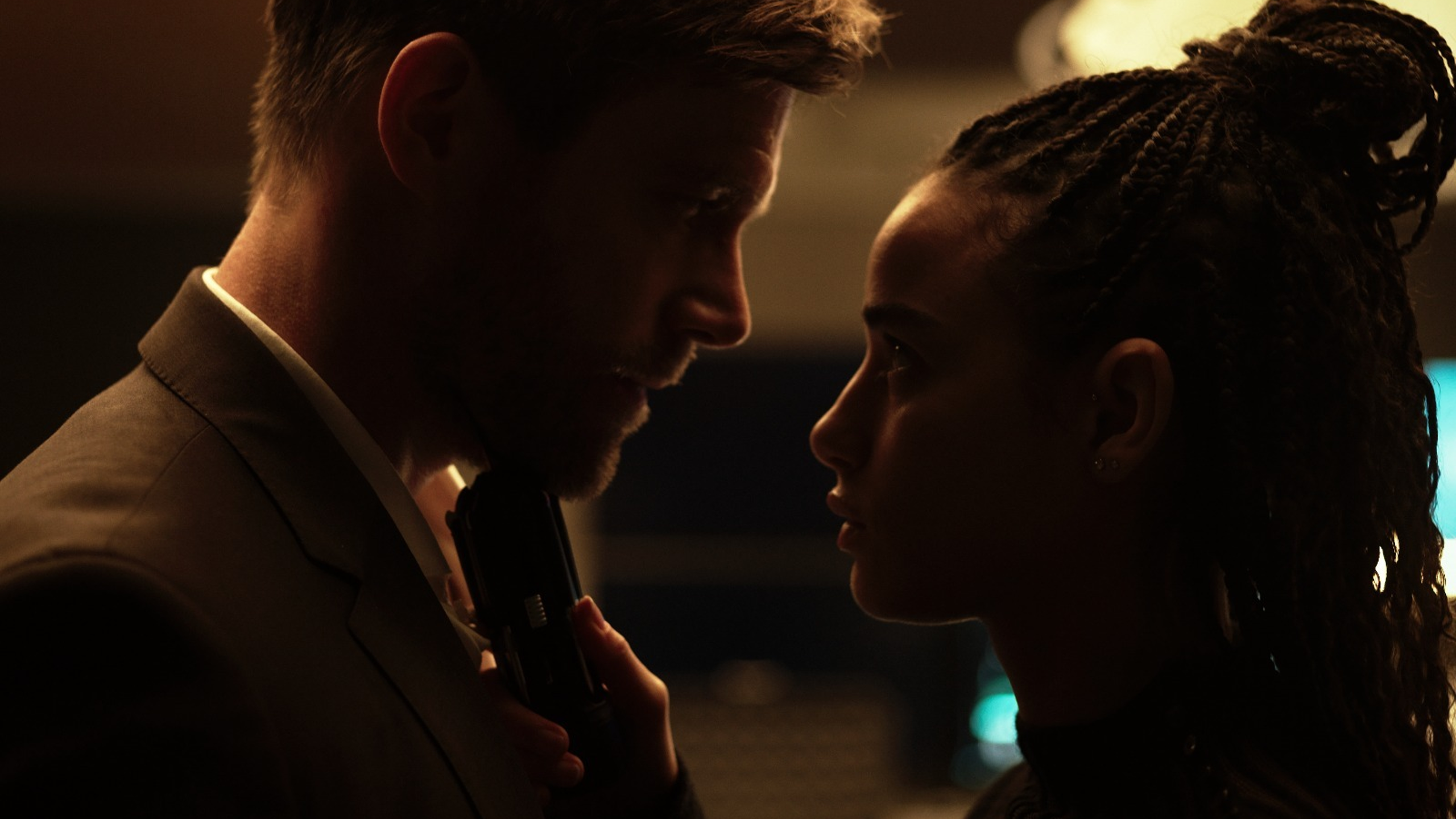
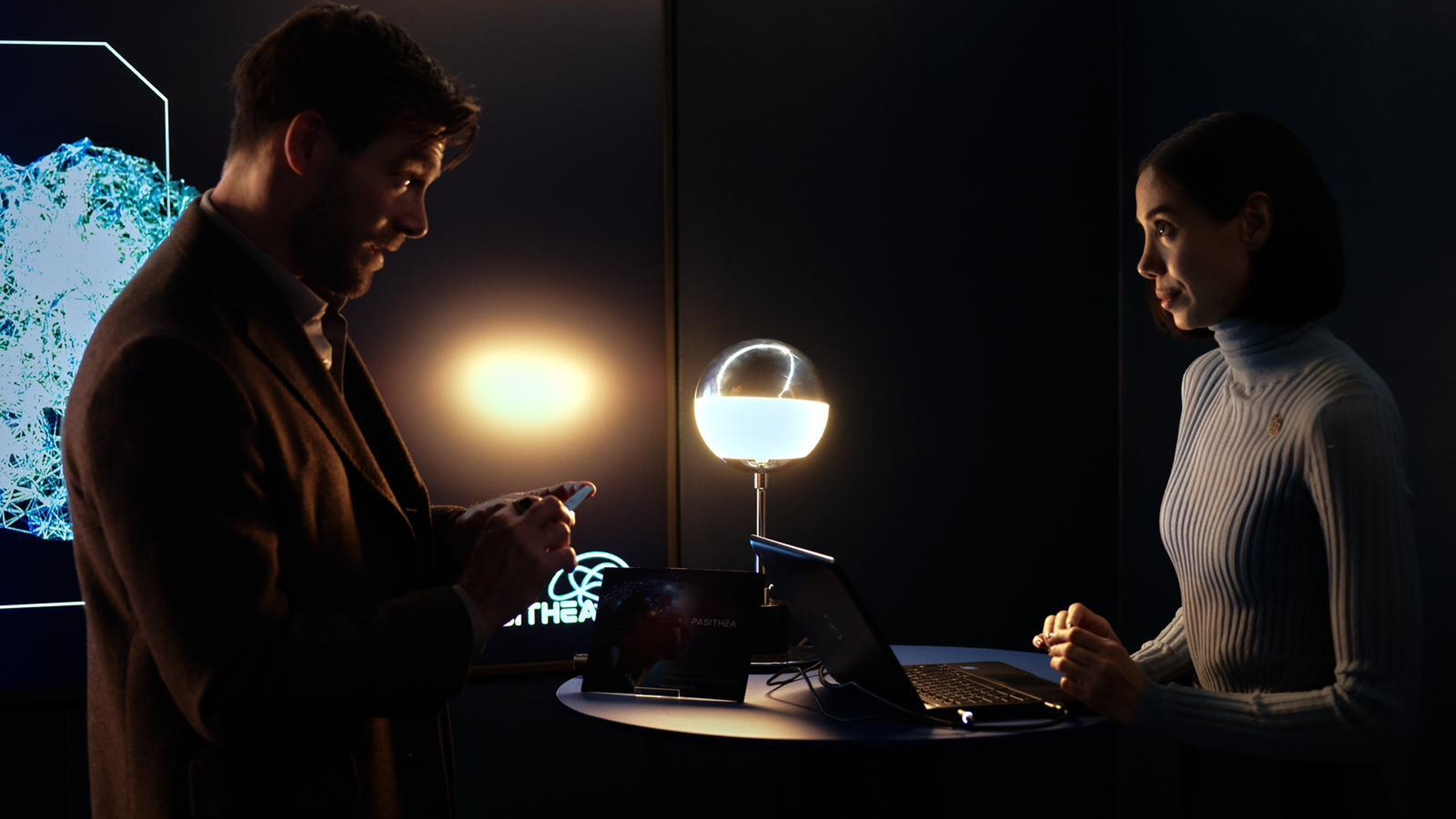

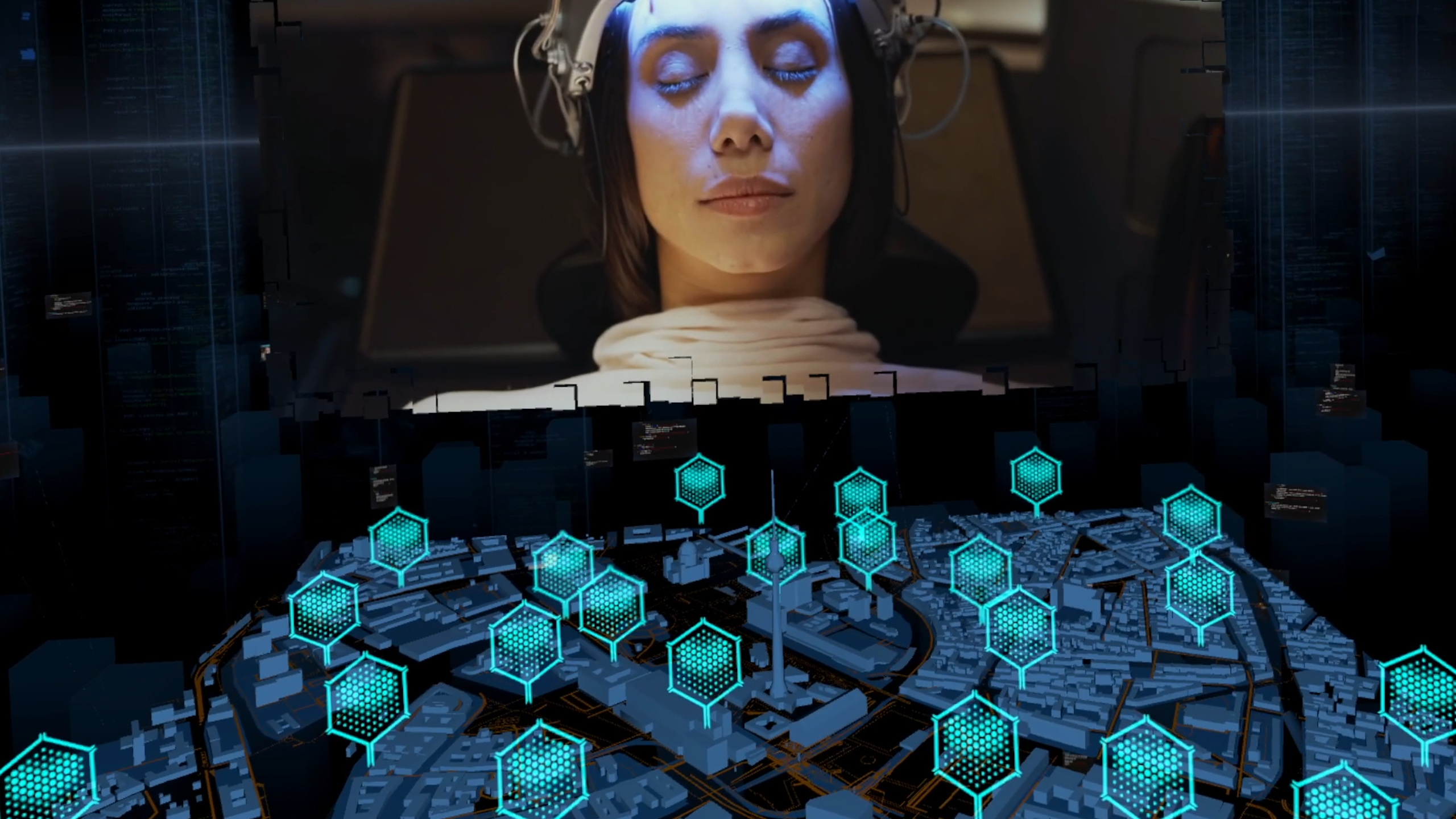
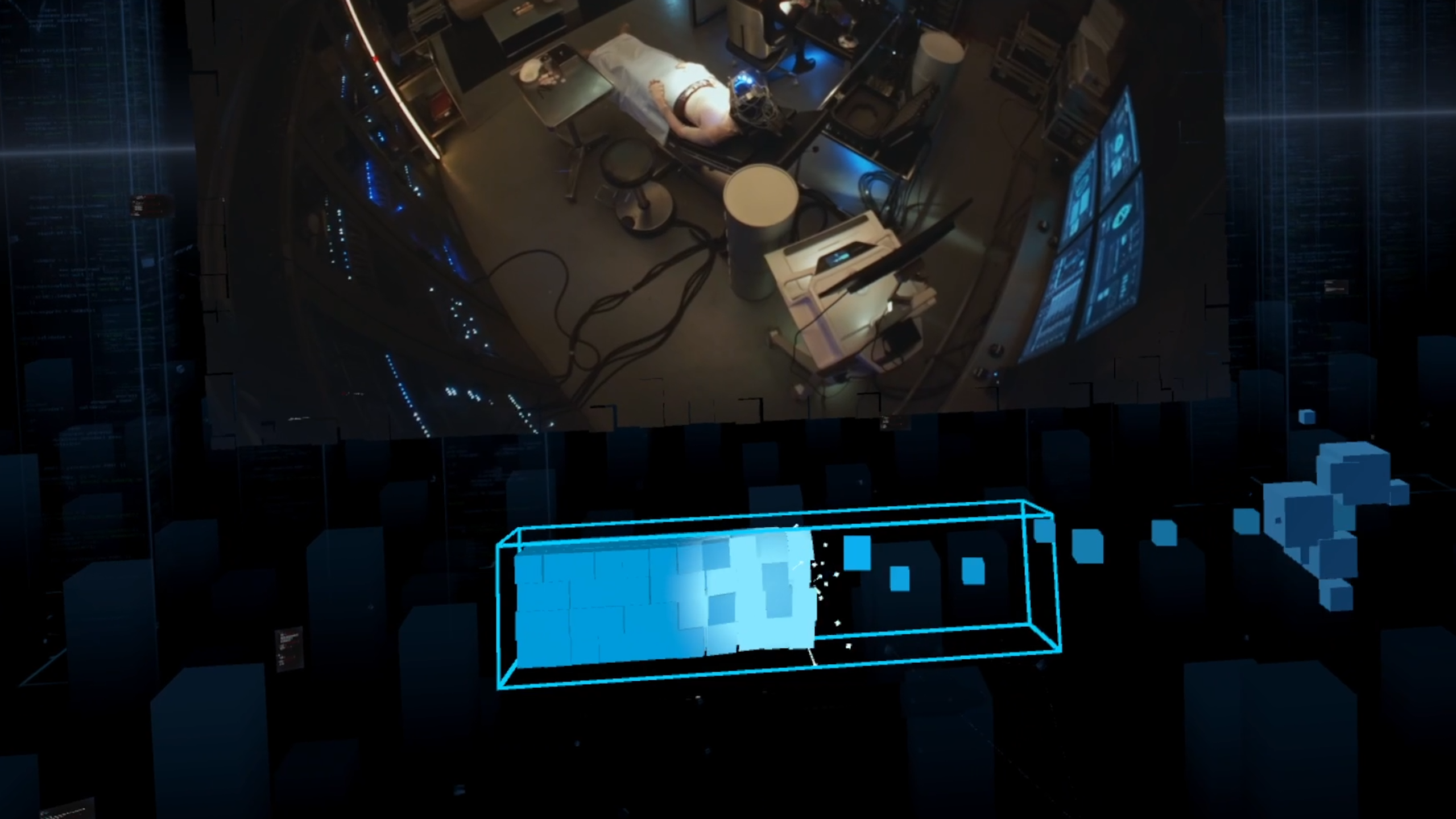









Leave a Reply